Featured Performances
Featured Event
College - Recital, FAS

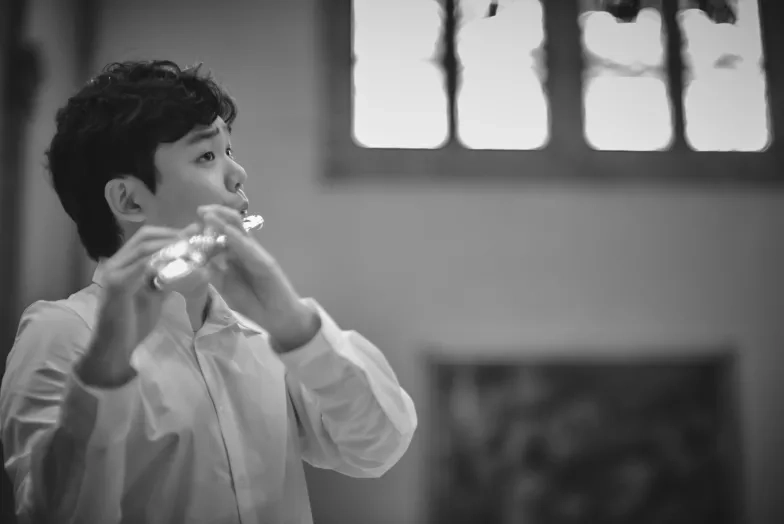
Mon
Dec
15
Caroline H. Hume Concert Hall
Featured Event
College - Recital, FAS

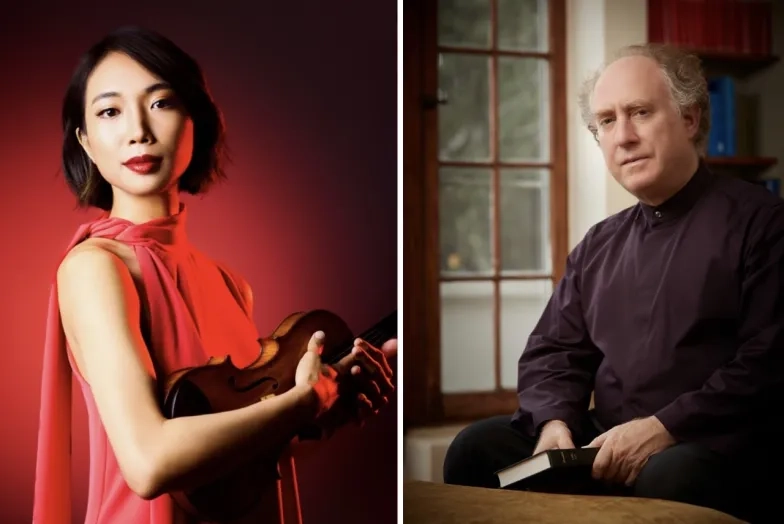
Mon
Jan
26
Caroline H. Hume Concert Hall
Featured Event
College - Recital, FAS

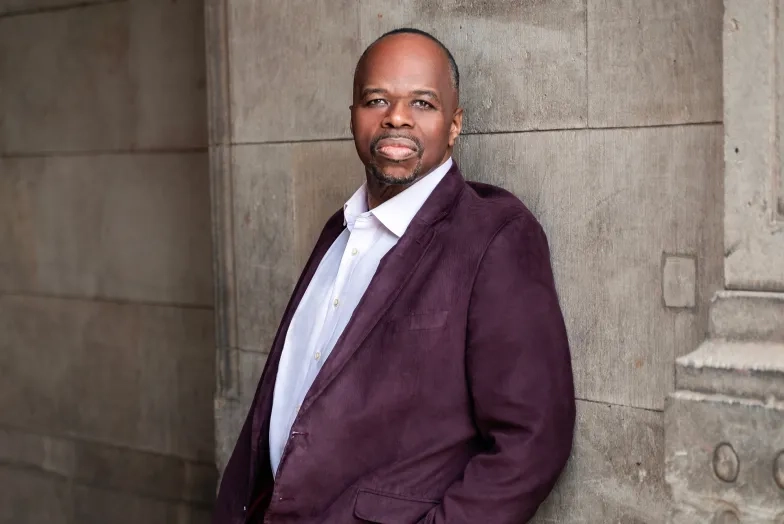
Mon
Feb
2
Caroline H. Hume Concert Hall
Featured Event
College - Recital, FAS

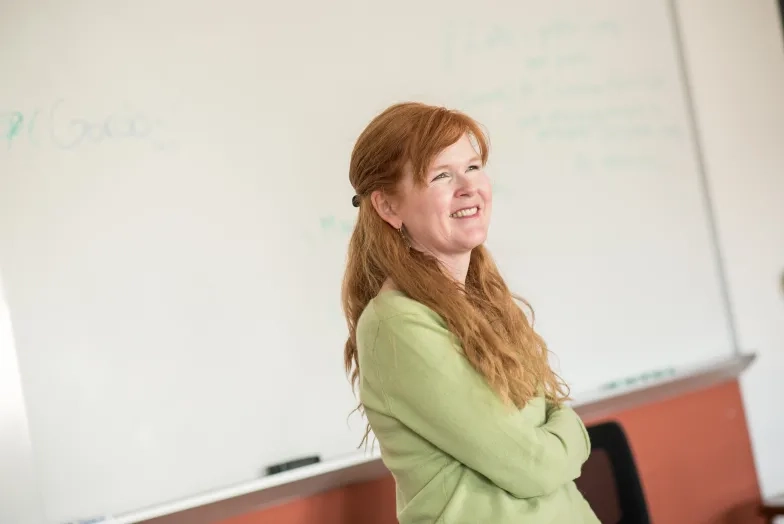
Mon
Feb
9
Barbro Osher Recital Hall
-
List
-
Grid
Search Performances
This month's Performances
Thursday11
Department Recital
Chamber Music
String and Piano Chamber Music
Department Recital
Percussion
Department Recital
Collaborative Piano
Student Recital
Percussion Ensemble
Department Recital
Chamber Music
String and Piano Chamber Music
Friday12
Student Recital
Conducting
Chih-Yao Chang, Conducting - Professional Studies Certificate Recital
Caroline H. Hume Concert Hall
7:30 PM
Department Recital
Composition
Department Recital
Chamber Music
String and Piano Chamber Music
Student Recital
Strings
Zoe Lee, Cello - Second Year Master's Recital: "As Questions Become Answers"
Sol Joseph Recital Hall
7:30 PM
Saturday13
Pre-College
Pre-College
Chamber Music
Chamber Music
Pre-College
Pre-College
Chamber Music
Pre-College
Pre-College
Historical Performance
Department Recital
Pre-College
Guitar
Pre-College
Pre-College
Strings
Pre-College
Sunday14
Student Recital
Guitar
Daniel Alvarenga, Guitar - Professional Studies Certificate Recital
Barbro Osher Recital Hall
5:00 PM
Student Recital
Piano
Monday15
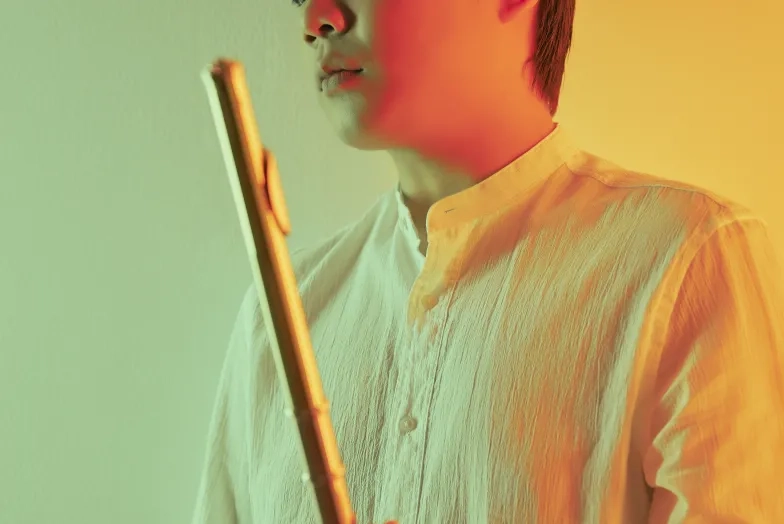
Faculty Artist Series
Woodwind
Department Recital
Piano
Student Recital
Piano
Tuesday16
Student Recital
Strings
Student Recital
Piano
Wednesday17

PDEC
Student Recital
Brass
Student Recital
Strings
Saturday20
Pre-College
Chamber Music
Pre-College
Chamber Music
Pre-College
Pre-College
Pre-College
RJAM
Pre-College
New Music Ensemble
Pre-College
Pre-College
Guitar
Chamber Music
Pre-College
Chamber Music
Pre-College
RJAM
Pre-College
Voice
SFCM 2025–26 Season
Discover the San Francisco Conservatory of Music’s 2025–26 Season, our biggest yet with more than 500 performances, 95% of them free and open to the public.